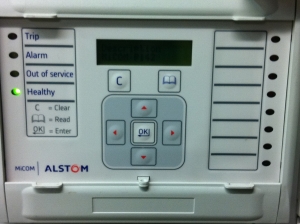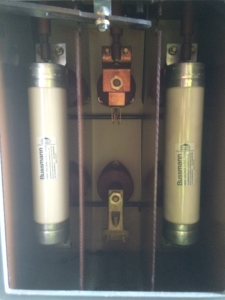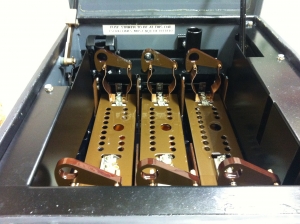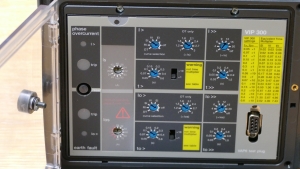Electrical Power Systems Protection can be complex and not many people actually fully understand how they operate.
This explanation page aimed at being a note book reference will be added to at regular intervals, so do keep an eye out by visiting the page frequently.
The Role of Protection
The Role of Protection
The history of electrical-power technology throughout the world is one of steady and, in recent years, rapid progress, which has made it possible to design and construct economic and reliable power systems capable of satisfying the continuing growth in the demand for electrical energy.
In this, power system protection and control play a significant part, and progress in design and development in these fields has necessarily had to keep pace with advances in the design of primary plant, such as generators, transformers, switchgear, overhead lines and underground cables.
Indeed, progress in the fields of protection and control is a vital prerequisite for the efficient operation and continuing development of power supply systems as a whole.
We aim to discuss here the relevant aspects of protection in current British practice for generation, transmission and distribution systems.
The subject matter has been divided into a number of chapters covering, general principles, design and performance and, by no means of least importance, application.
The word ‘protection’ is used here to describe the whole concept of protecting a power system.
The term ‘protective gear’ (or ‘protective equipment’) is widely used in that sense: but here that term will be used in the narrower sense of the actual components used in achieving the desired protection.
The function of protective equipment is not the preventive one its name would imply; in that it takes action only after a fault has occurred:
it is the ambulance at the foot of the cliff rather than the fence at the top.
Exceptions to this are the Buchholz protector, a gas-operated device which can detect the gas accumulation produced by an incipient fault in a power transformer, and the surge arrester which is designed to prevent a dangerous rise of potential, usually between earth and the conductor or terminal to which it is connected.
As commonly used, ‘protective gear’ refers to relay systems and does not embrace the surge arrester, the arc suppression coil and similar preventive devices.
Test Instruments & Equipment Required






